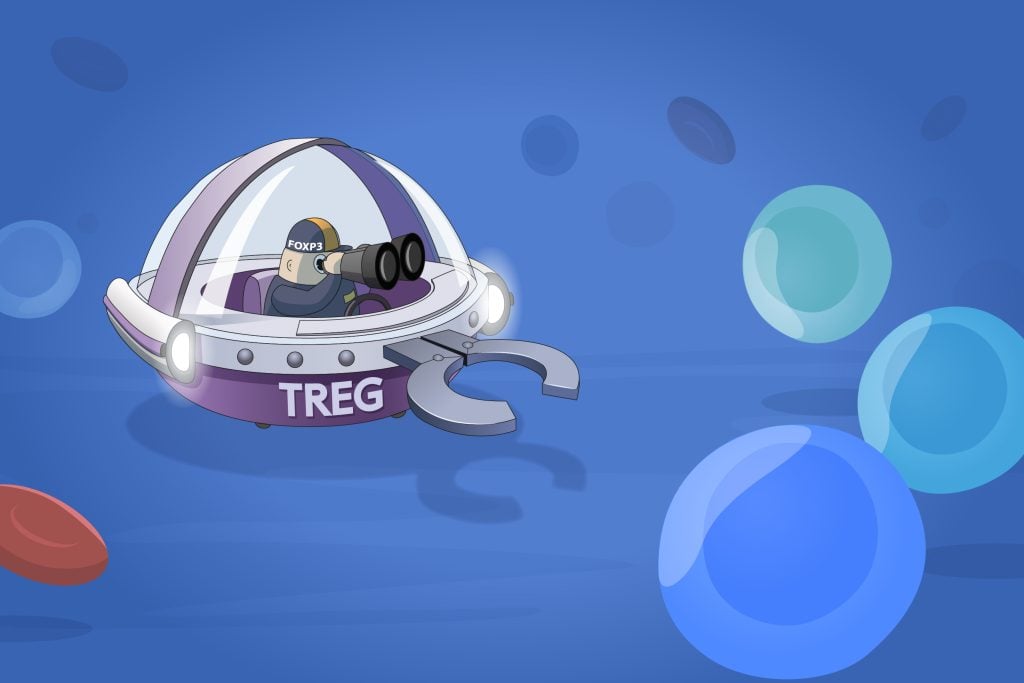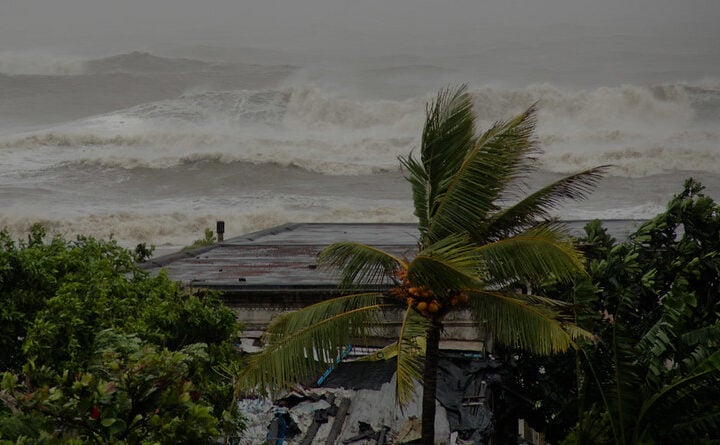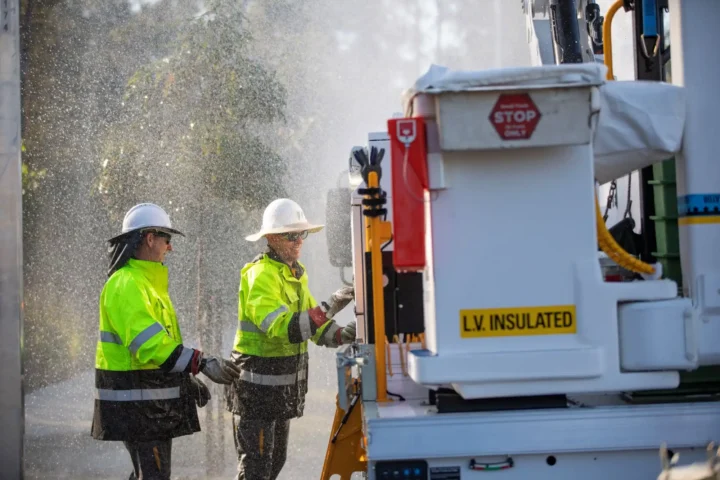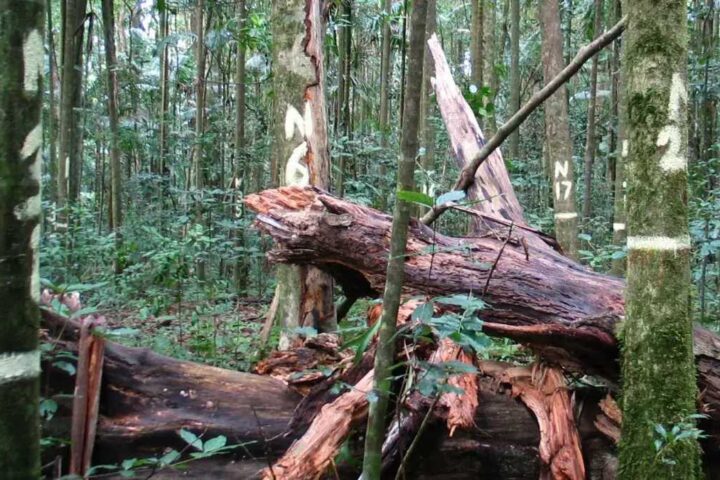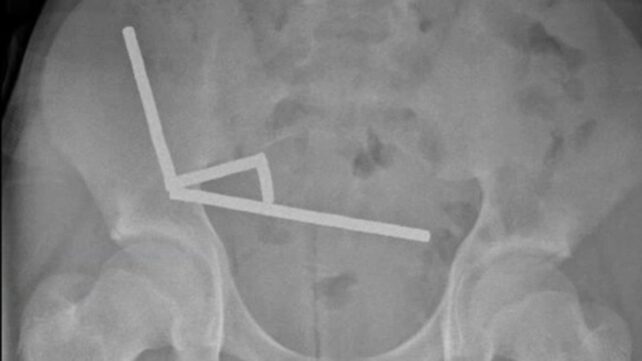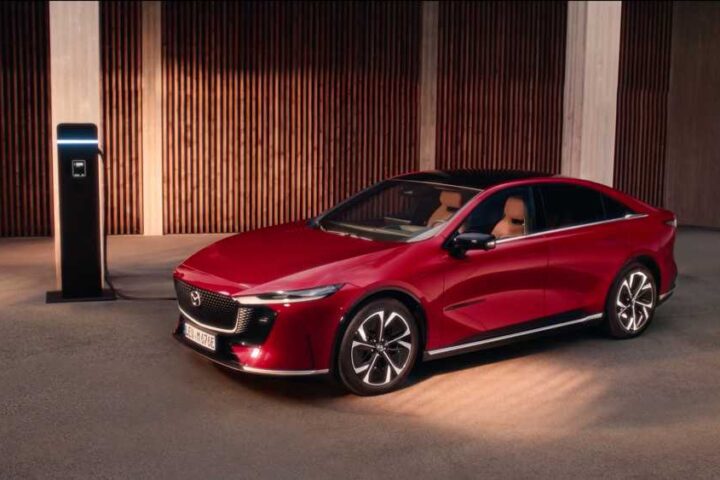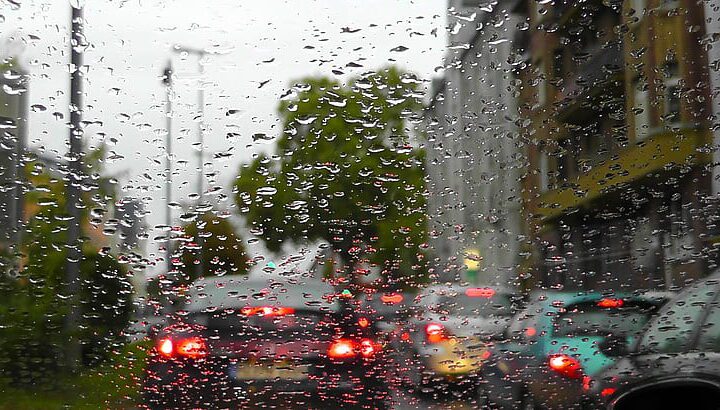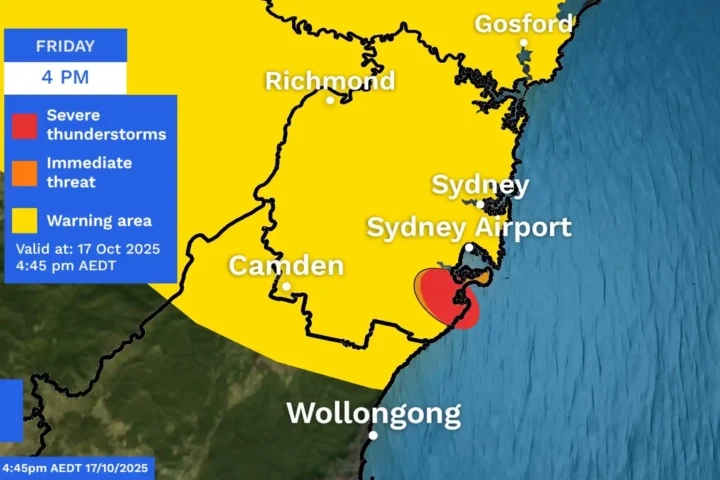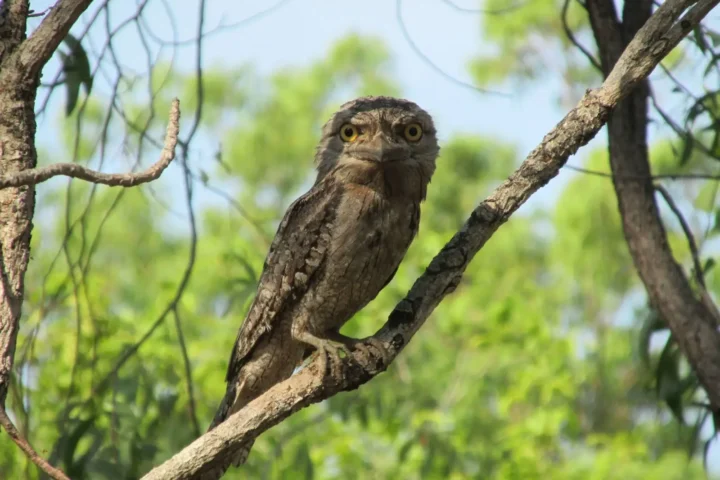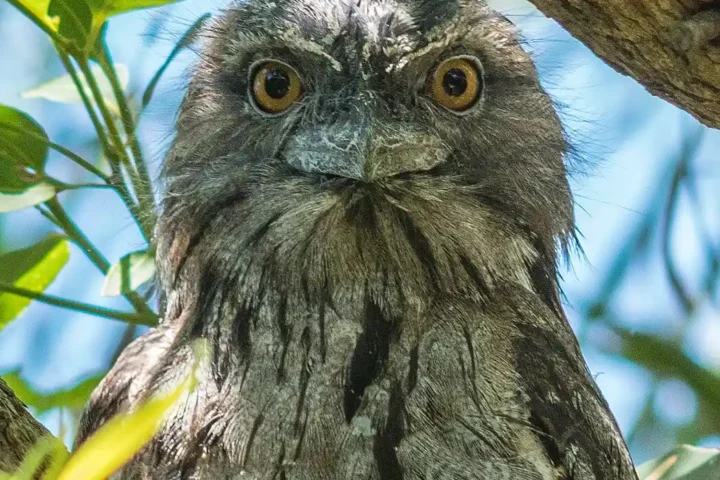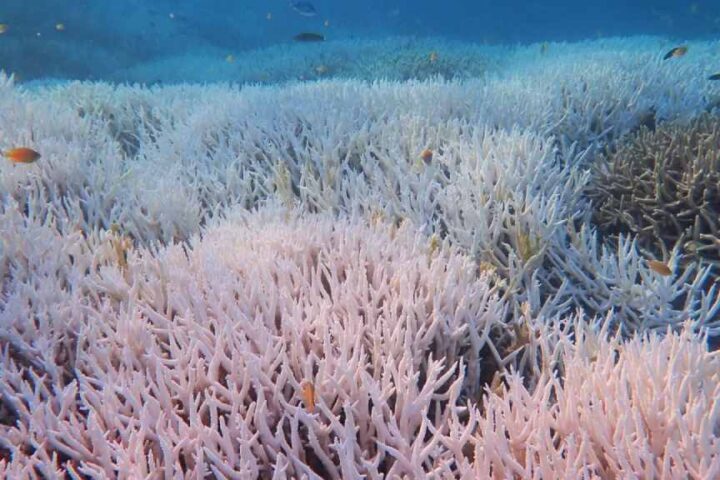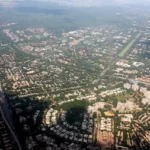Eastern Humpbacks May Have Hit 50,000 — Data Points to One of the Largest Recoveries
Subheading: Preliminary estimate for 2024 places the east coast humpback population at over 50,000; findings have been provided to authorities and are pending peer review.
Preliminary research led by Dr Wally Franklin and Dr Lyndon Brooks estimates continued growth in the eastern Australian humpback population since 2015. The estimate has been shared with the Department of Climate Change, Energy, the Environment and Water and is intended for the International Whaling Commission Scientific Committee. The photo‑ID work references the HappyWhale tail fluke catalogue and long‑term efforts by UniSC and The Oceania Project. A public post summarising the estimate is available on Facebook.
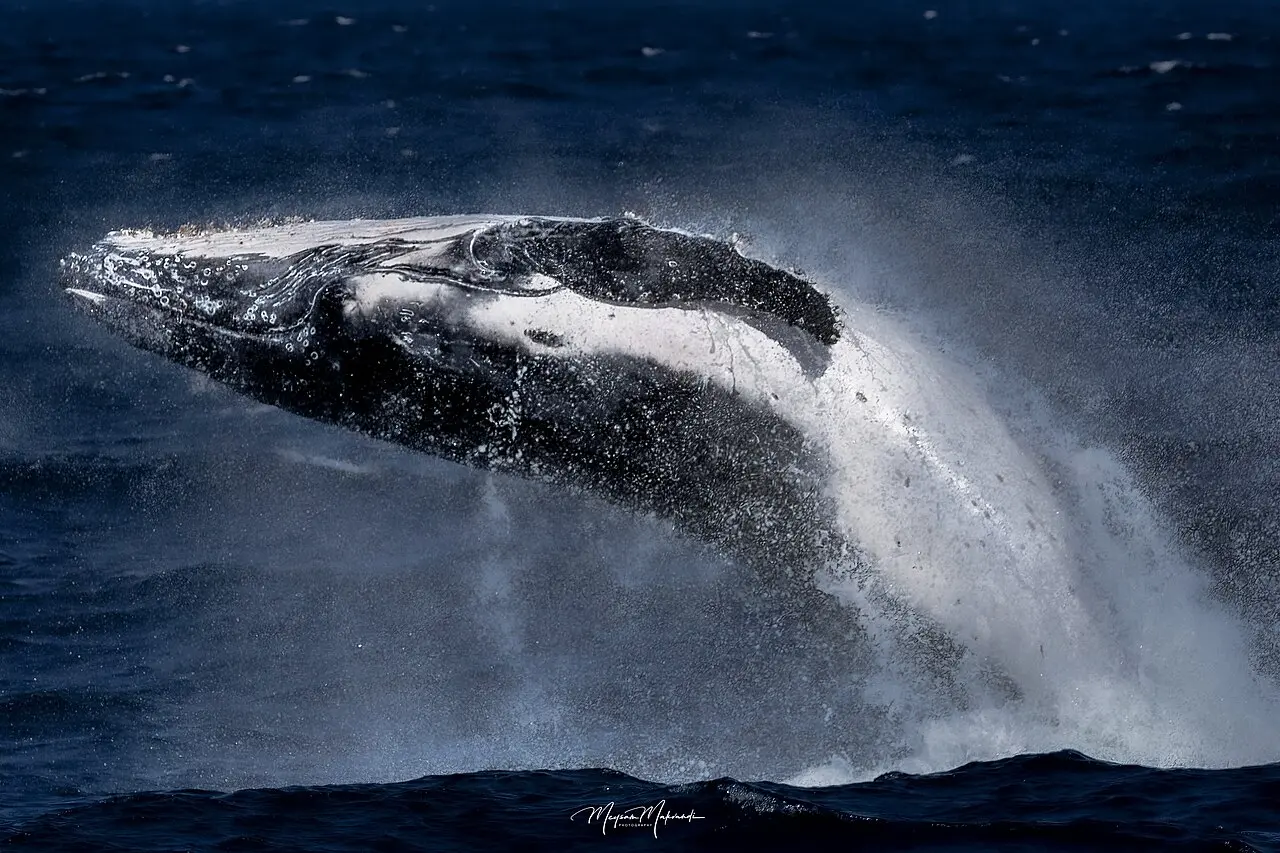
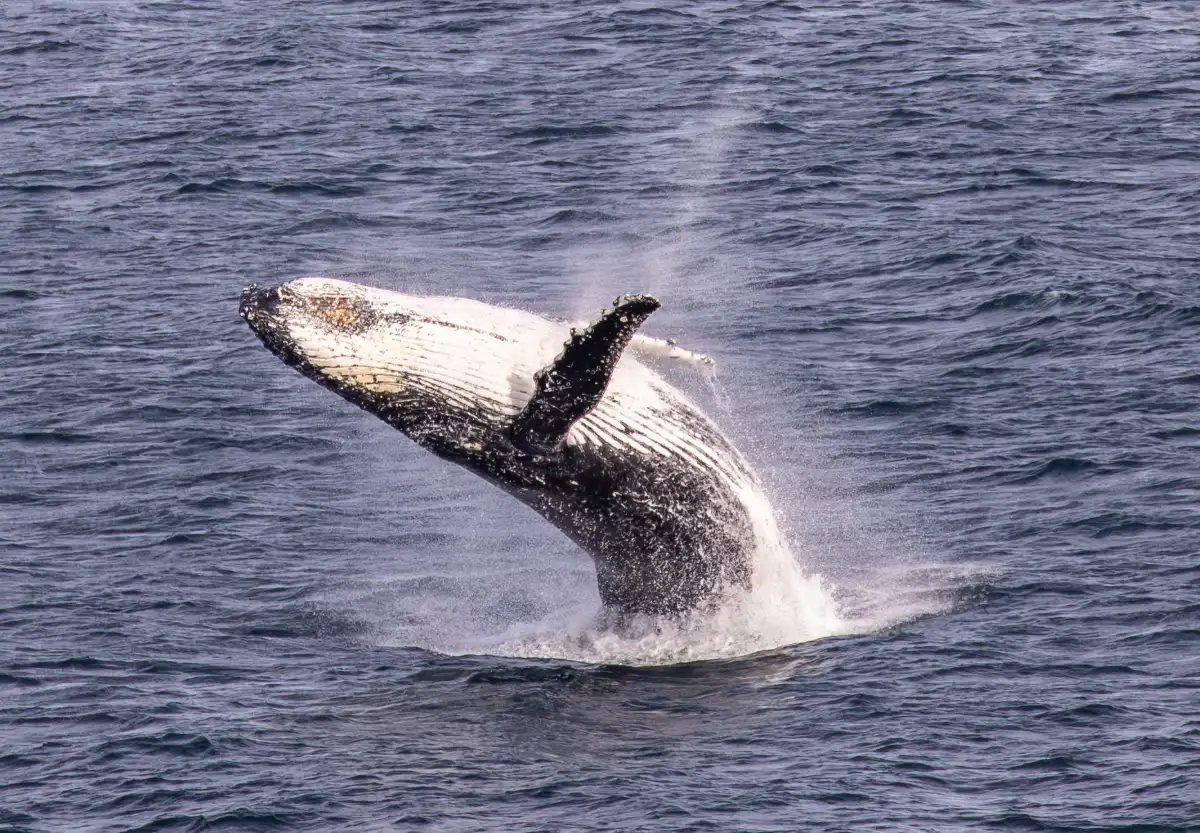
Method, Contributors & Acknowledgement
Researchers applied a modified capture–recapture model using photo data from the HappyWhale tail fluke catalogue. Findings were provided to the Department of Climate Change, Energy, the Environment and Water and are intended for the International Whaling Commission Scientific Committee. Research leadership includes UniSC and long‑term work by The Oceania Project. The role of citizen scientists, tourism operators, and collaborators was acknowledged as essential to assembling thousands of individual photo‑IDs.
“The availability of photo data on Happywhale stretches all the way to 1984 and contains high-quality tail fluke photos from more than 15,000 individual whales,” Dr Brooks said.
Dr Franklin said the role of citizen scientists and collaborators in this work has been “invaluable.”
Recovery Context
Whaling in the Southern Hemisphere ceased in 1963. A steady rise was recorded through the 1990s and 2000s; a formal estimate placed the population at ~25,000 in 2015. A preliminary estimate indicates over 50,000 by 2024.
“When whaling ceased in the 1960s, its estimated there were as few as 150 humpbacks left on the east coast,” Dr Franklin said.
“Now we’ve got photo data stretching from the top of Queensland down to Tasmania on thousands of individual whales. 683 different people – researchers, tourism operators and members of the public – uploaded pictures that were used in this data set.”
Note: Findings are preliminary and yet to be peer‑reviewed. The summary is also available via Facebook.
The line chart visualises key reference points: ~150 individuals in the early 1960s, ~1,000 by the early 1990s, ~25,000 in 2015, and 50,000+ in 2024 (preliminary).
Migration Corridor (examples from content)
Markers indicate locations referenced in the east coast context. Zoom to view coastline details. Map uses OpenStreetMap tiles.
- Whitsundays (Queensland) — citizen photos and sightings
- Byron Bay (NSW) — example location referenced in east coast context
- Tasmania — southern extent referenced
Quick Check
Related Reading & Sources
- University of the Sunshine Coast (UniSC)
- Department of Climate Change, Energy, the Environment and Water
- HappyWhale — Tail Fluke Catalogue
- International Whaling Commission — Scientific Committee
- The Oceania Project
- Humpbacks delisted in Australia — Karmactive
- Whale migration map & shipping lanes — Karmactive
- Seismic survey halted in breeding waters — Karmactive
- AI tool for whale call recognition — Karmactive
- Admin‑provided Facebook statement
Summary: The preliminary estimate, method (photo‑ID capture–recapture), the contribution of researchers and citizen scientists, and historical context were outlined above. Links provide access and background.
Summary
The preliminary estimate of 50,000+ eastern Australian humpbacks for 2024, the use of photo‑ID capture–recapture with contributions from 683 participants, and historical figures from the 1960s and 2015 have been outlined above. The material was compiled using the referenced sources.

